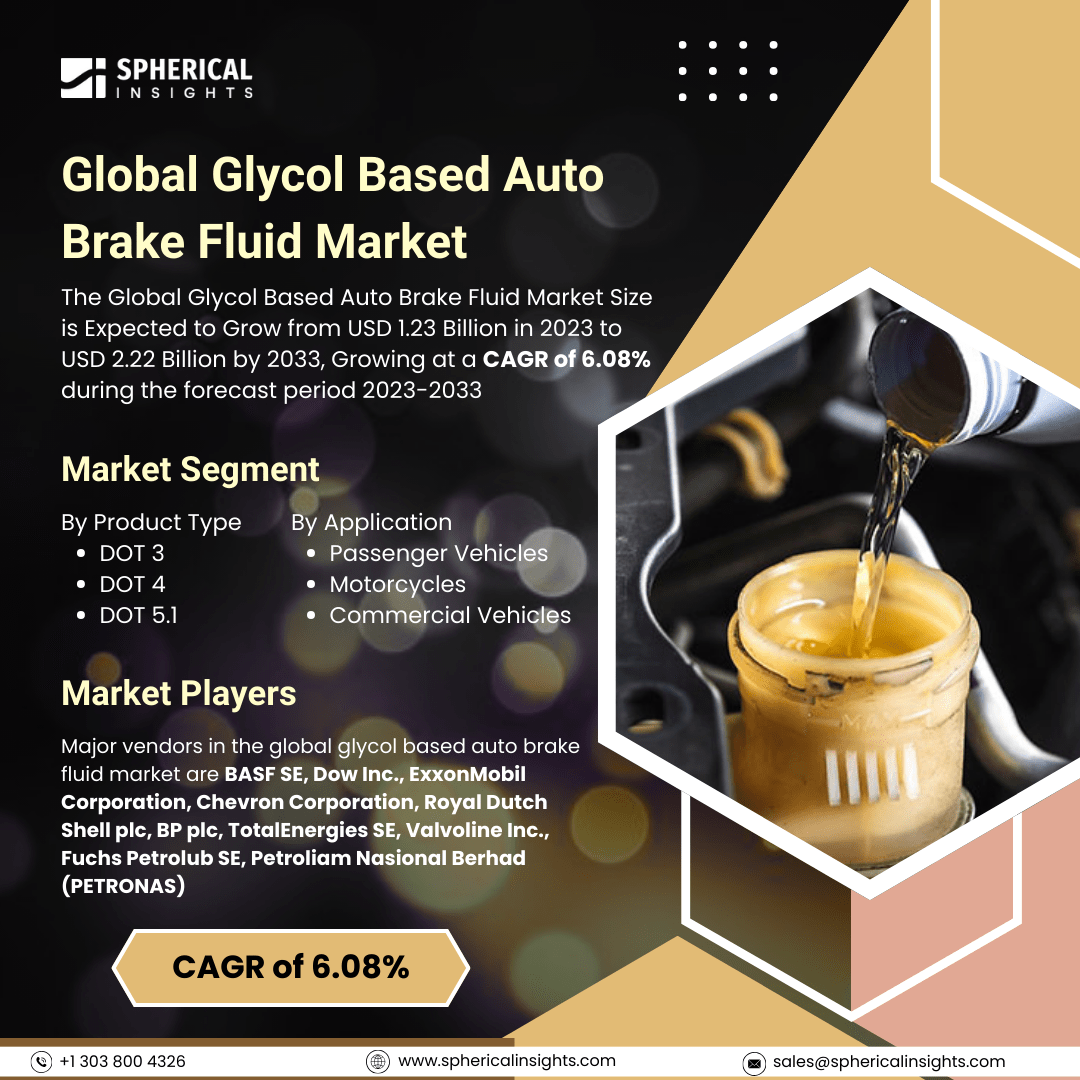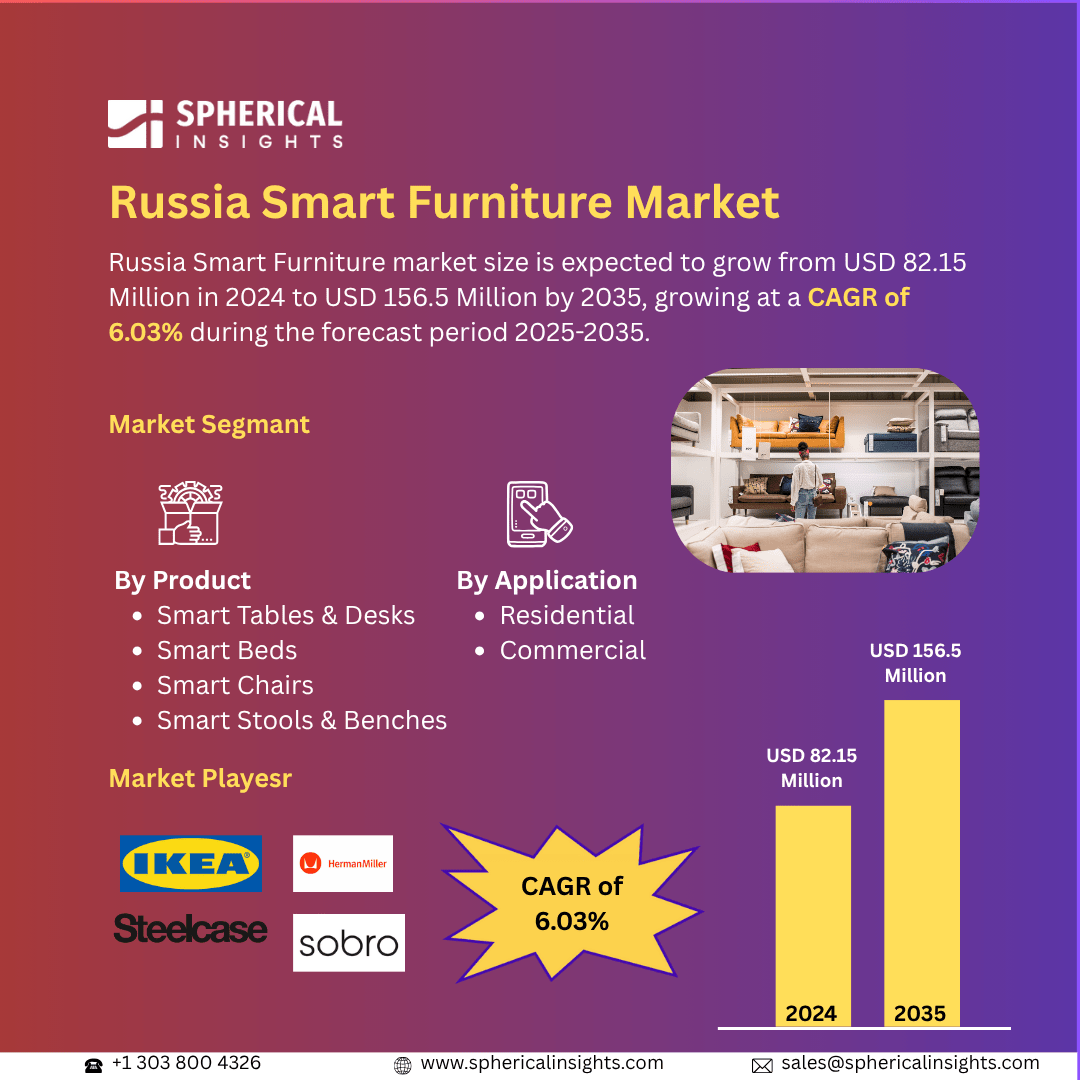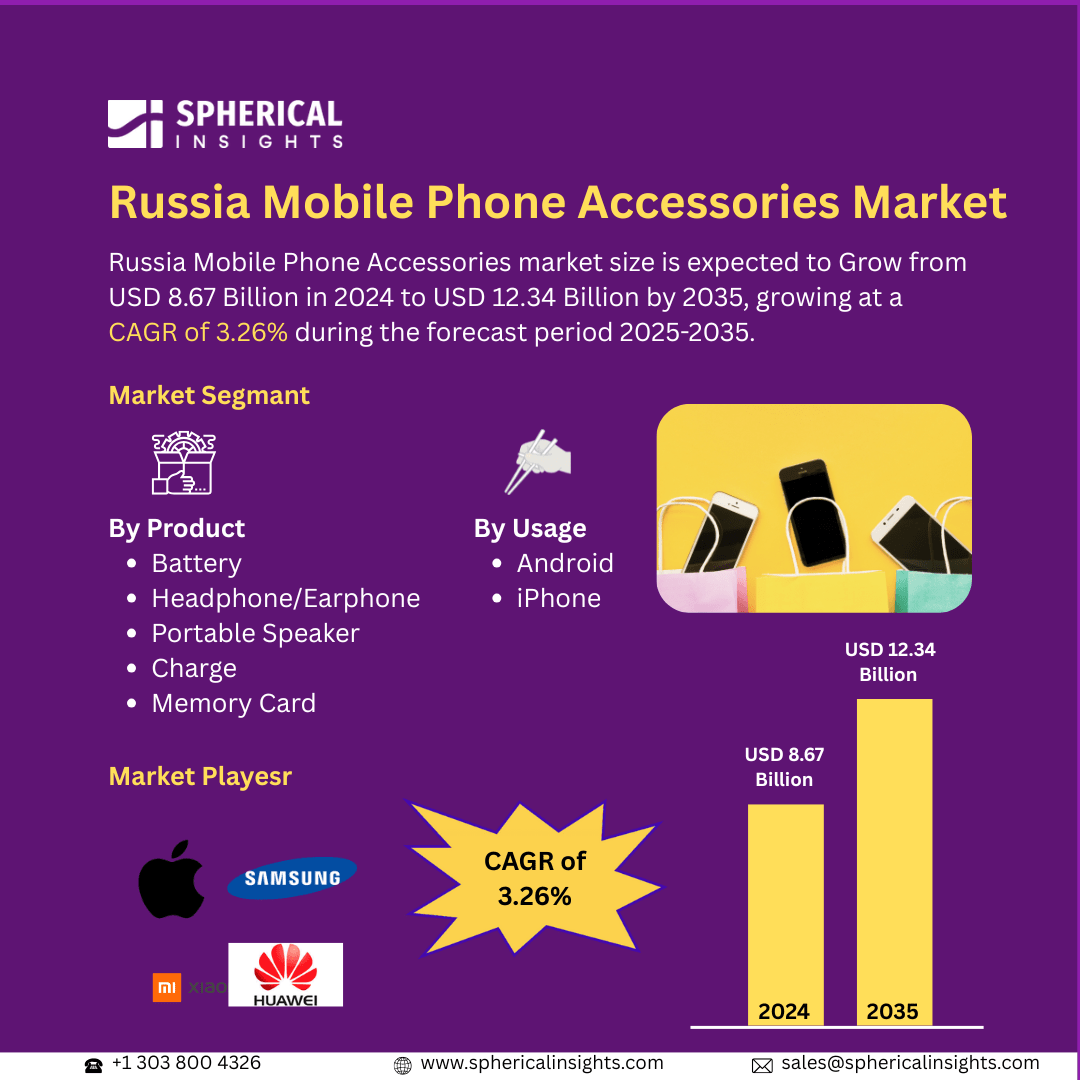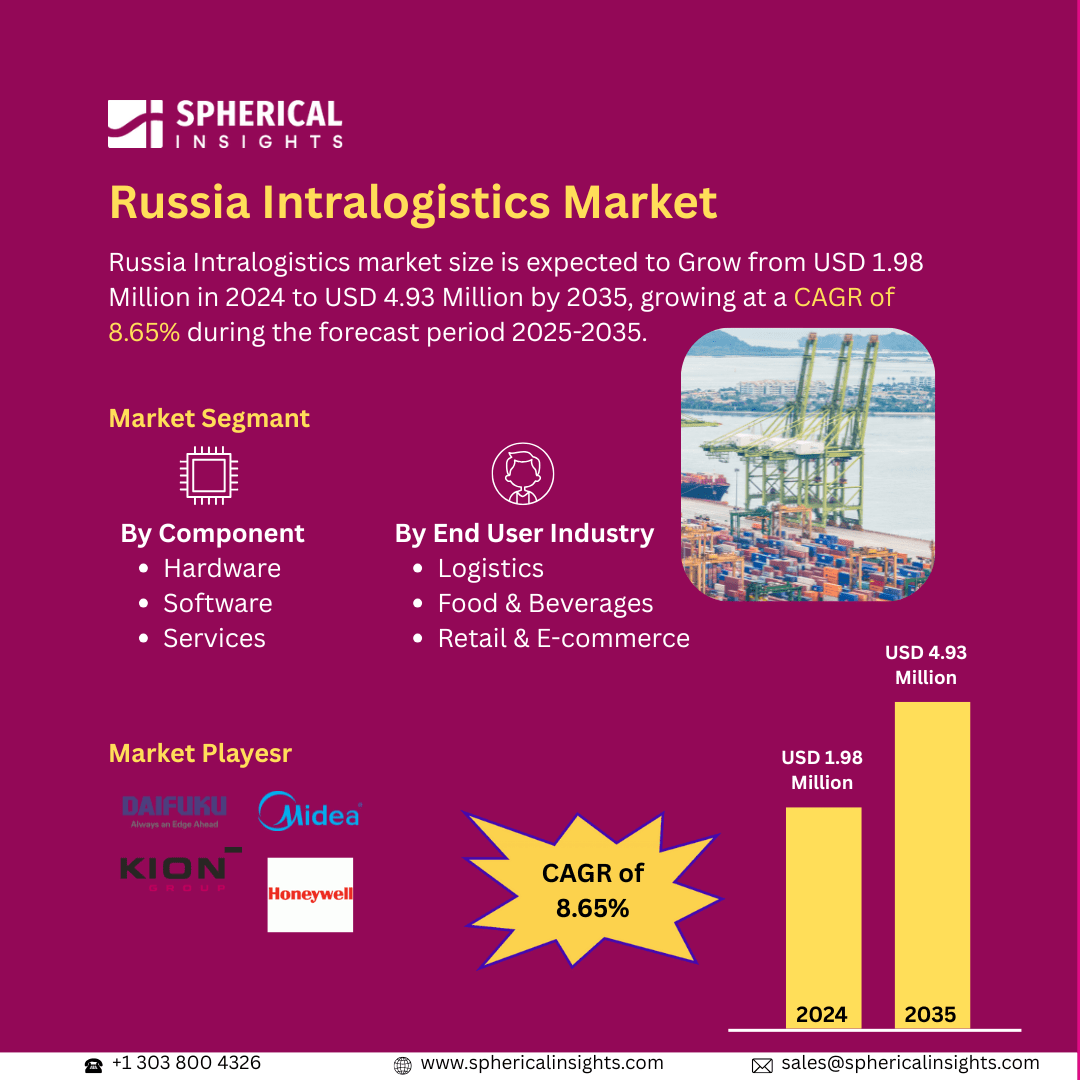Global Glycol Based Auto Brake Fluid Market Size to Exceed USD 2.22 Billion By 2033
According to a research report published by Spherical Insights & Consulting, The Global Glycol Based Auto Brake Fluid Market Size is Expected to Grow from USD 1.23 Billion in 2023 to USD 2.22 Billion by 2033, Growing at a CAGR of 6.08% during the forecast period 2023-2033.
Browse 210 market data Tables and 45 Figures spread through 190 Pages and in-depth TOC on the Global Glycol Based Auto Brake Fluid Market Size, Share, and COVID-19 Impact Analysis, By Product Type (DOT 3, DOT 4, DOT 5.1), By Application (Passenger Vehicles, Motorcycles, Commercial Vehicles), and By Region (North America, Europe, Asia-Pacific, Latin America, Middle East, And Africa), Analysis And Forecast 2023 - 2033
The worldwide glycol based auto brake fluid market refers to the business concerned with the production and delivery of automotive accessories designed specifically for the development of brakes and composed of glycol compounds. These fluids are necessary for car braking systems to function well in a range of driving circumstances. The high boiling temperatures, superior thermal stability, and suitability for contemporary braking systems like ABS and regenerative braking are well-known attributes of glycol-based brake fluids. The market expansion is driven by the growing automotive industry, with technological advancements and strict safety regulations. Further, government regulations and safety standards about vehicle performance and emissions are also factors driving the market for glycol-based auto brake fluids. However, market growth is contrasted by volatility in raw material prices and high production expenses.
The DOT 5.1 segment accounted for a significant share of the global glycol based auto brake fluid market in 2023 and is anticipated to grow at a rapid pace over the forecast period.
On the basis of the product type, the global glycol based auto brake fluid market is classified into DOT 3, DOT 4, and DOT 5.1. Among these, the DOT 5.1 segment accounted for a significant share of the global glycol based auto brake fluid market in 2023 and is anticipated to grow at a rapid pace over the forecast period. This is because of their high boiling temperatures and remarkable thermal stability, and their ability to perform in harsh driving circumstances. Moreover, the rising popularity of racing and high-performance cars that demand the best braking fluid propels the segment growth.
The motorcycles segment accounted for a significant share of the global glycol based auto brake fluid market in 2023 and is anticipated to grow at a rapid pace over the forecast period.
On the basis of the application, the global glycol based auto brake fluid market is segmented into passenger vehicles, motorcycles, and commercial vehicles. Among these, the motorcycles segment accounted for a significant share of the global glycol based auto brake fluid market in 2023 and is anticipated to grow at a rapid pace over the forecast period. This is due to its affordable means of transportation. Further, the rising popularity of sports and recreational activities boosts the segment growth.
Asia Pacific is anticipated to hold the largest share of the global glycol based auto brake fluid market over the forecast period.
Asia Pacific is expected to hold the greatest share of the global glycol based auto brake fluid market over the forecast period. The regional market expansion is propelling due to high-performance brake fluid demand is also influenced by the region's growing use of electric automobiles. Further, the thriving automotive sector, with countries like China, India, and Japan, is boosting the market expansion.
Europe is anticipated to grow at the fastest CAGR of the global glycol based auto brake fluid market over the forecast period. The regional market expansion is driven by strict safety and performance rules for vehicles, which require the use of dependable and superior braking fluids. Moreover, the growing popularity of electric vehicles in Europe would open up new market expansion opportunities. Beyond that, Germany is a major contributor due to its robust automotive sector and focus on high-performance automobiles.
Comapany Profiling
Major vendors in the global glycol based auto brake fluid market are BASF SE, Dow Inc., ExxonMobil Corporation, Chevron Corporation, Royal Dutch Shell plc, BP plc, TotalEnergies SE, Valvoline Inc., Fuchs Petrolub SE, Petroliam Nasional Berhad (PETRONAS), Idemitsu Kosan Co., Ltd., China National Petroleum Corporation (CNPC), Lukoil, Sinopec Limited, Repsol S.A., Phillips 66, Castrol Limited, Gulf Oil International, Motul S.A., and Amsoil Inc., and others.
Key Target Audience
- Market Players
- Investors
- End-users
- Government Authorities
- Consulting And Research Firm
- Venture capitalists
- Value-Added Resellers (VARs)
Recent Development
- In June 2023, Gulf Lubricants announced a new range of electric and hybrid powertrain brake fluids and coolants, which offer tailored products to vehicles with electrified powertrains, as the uptake of fully electric and hybrid vehicles increases. A polyglycol-based brake fluid called eLEC is made available to provide the best possible braking performance in electric cars (EVs). The fluid offers excellent corrosion protection and boiling point, to provide optimal performance when used in conjunction with a regenerative braking system.
Market Segment
This study forecasts revenue at global, regional, and country levels from 2023 to 2033. Spherical Insights has segmented the global glycol based auto brake fluid market based on the below-mentioned segments:
Global Glycol Based Auto Brake Fluid Market, By Product Type
Global Glycol Based Auto Brake Fluid Market, By Application
- Passenger Vehicles
- Motorcycles
- Commercial Vehicles
Global Glycol Based Auto Brake Fluid Market, By Regional
- North America
- Europe
- Germany
- UK
- France
- Italy
- Spain
- Russia
- Rest of Europe
- Asia Pacific
- China
- Japan
- India
- South Korea
- Australia
- Rest of Asia Pacific
- South America
- Brazil
- Argentina
- Rest of South America
- Middle East & Africa
- UAE
- Saudi Arabia
- Qatar
- South Africa
- Rest of the Middle East & Africa



